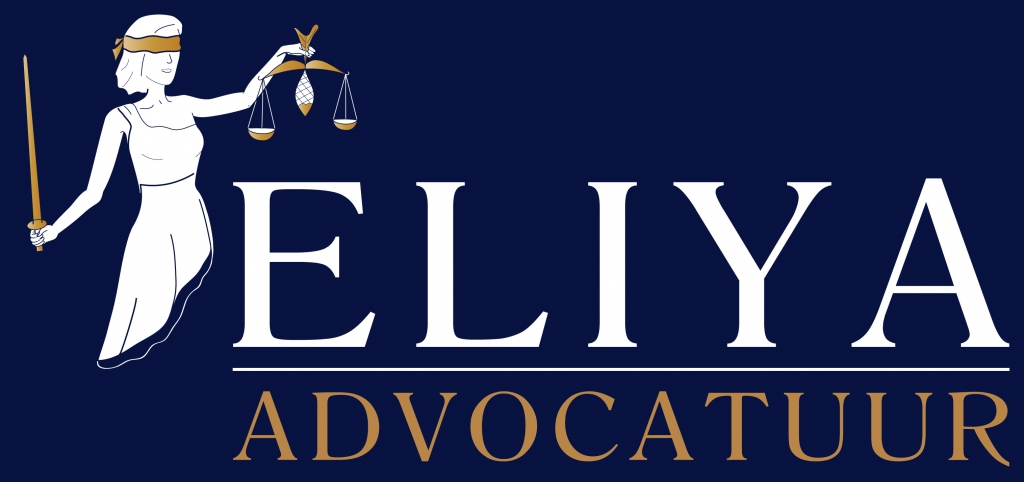The 1949 Armistice Agreement Line of Israel: Understanding Its Importance
The 1949 Armistice Agreement Line of Israel, also known as the Green Line, is a demarcation line that divides Israel from the Palestinian territories of the West Bank and Gaza Strip. It was established by the United Nations Truce Supervision Organization (UNTSO) after the 1948 Arab-Israeli War, which led to the establishment of the State of Israel and displaced over 700,000 Palestinians from their homes.
The Green Line was never intended to be a permanent border, but rather a temporary ceasefire line until a more permanent solution could be found. However, it has become a significant factor in the ongoing conflict between Israel and Palestine. The status of the Green Line is a highly contentious issue, with both sides having different interpretations of its meaning and significance.
For Israel, the Green Line has been a symbol of its territorial integrity and security. It has served as a buffer zone against Palestinian attacks for decades, and Israel has invested a considerable amount of resources in building settlements beyond the Green Line. Israel has also used the Green Line as a bargaining chip in negotiations with the Palestinians, offering to exchange land beyond the Green Line for Palestinian concessions.
For the Palestinians, the Green Line represents the boundary of their future state. They regard the Israeli settlements beyond the Green Line as illegal and a violation of international law. The Palestinian leadership has consistently called for the establishment of a Palestinian state with the Green Line as its border, and any negotiation beyond this line is considered unacceptable by the Palestinians.
The Green Line has also been a subject of diplomatic debate and international pressure. The international community, including the United Nations, has called on Israel to halt the expansion of settlements beyond the Green Line and for a two-state solution based on the Green Line as a border. Many countries do not recognize the Israeli settlements beyond the Green Line as part of Israel`s territory, and trade agreements between Israel and these countries may exclude products originating from these settlements.
In conclusion, the 1949 Armistice Agreement Line of Israel, the Green Line, is a crucial factor in the Israeli-Palestinian conflict. Its status remains a highly contentious issue, and it has become a symbol of the conflicting claims to land and power in the region. As the world continues to press for a peaceful resolution to this longstanding conflict, the future of the Green Line will remain a central aspect of any discussion or negotiation.












